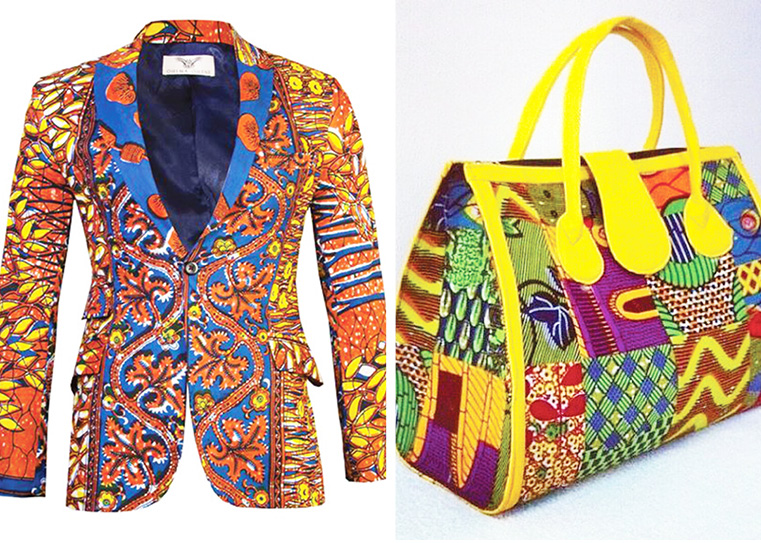What you don’t know about ‘Ankara’ print
Do you know the origin of ankara? This is a question almost 80 percent of Nigerians will fail, especially women that are in love with this fabric. Ankara, commonly known as Ankara prints, African prints, African wax prints, Holland Wax and Dutch Wax, is a 100% cotton fabric with vibrant patterns. It is usually a […]

Do you know the origin of ankara? This is a question almost 80 percent of Nigerians will fail, especially women that are in love with this fabric.
Ankara, commonly known as Ankara prints, African prints, African wax prints, Holland Wax and Dutch Wax, is a 100% cotton fabric with vibrant patterns. It is usually a colourful cloth primarily associated with Africa, especially Nigeria because of its tribal mark-like patterns and designs.
Formerly called Dutch Wax, even though it is associated more with African culture, its origins are not authentically and wholly African. Ankara originated in Netherlands on the European continent. This fabric with its prints and designs was made for the Indonesian market but quickly became more popular in Nigeria.
It was highly valued among Nigerian women and was mostly used to make wrapper and ‘buba’ for the South West women; wrapper and ‘top’ for the northern and southern women but it’s versatility has made it to become a toast of many. Both men and women now use it to make different items such as dresses, corporate tops for men, hats, earrings, blazers, bags, shoes and others.
The Ankara fabric can be sorted into categories of quality due to the processes of manufacturing.
Ankara was formerly worn for special occasions and called ‘Aso ebi’, such as wedding, birthday, house warming, naming ceremonies and burial rights but has since been diversified for corporate and casual wears as it’s made into different styles that suit different day to day work and occasions.
